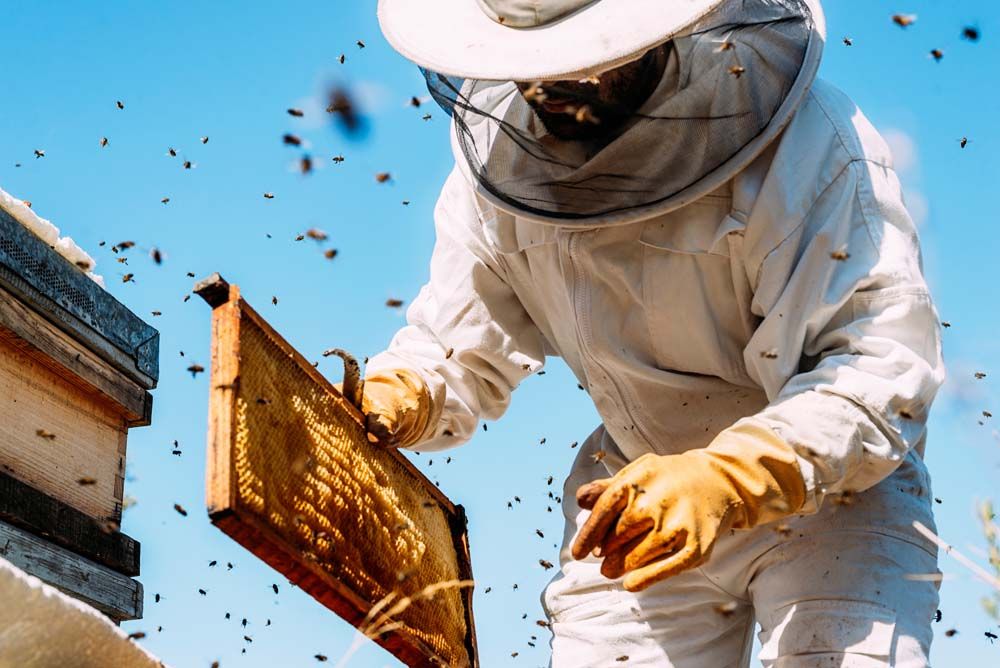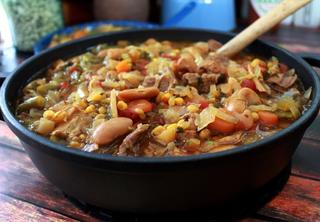Your Guide to Shelf-Stable Food Preservation
How To Preserve Long Lasting Foods


With all the uncertainty in the world, having extra food on hand is a wise idea. Rather than depending on frozen foods (which are vulnerable to power outages), consider building a supply of shelf-stable foods that aren’t affected by a loss of electricity. But how do you go about building up such a supply? Here are some suggestions:
Keep a log of the foods that your family consumes in a two-week time period. Do you consume lots of meat or more fruits and vegetables?
Remember to eat what you store and store what you eat. It does no good to store garbanzo beans if you loathe garbanzo beans. Inventory your family’s tastes and plan your pantry accordingly.
Learn food-preservation skills (such as dehydrating, canning, fermenting, or freeze-drying). Learning to preserve food will allow you to save your garden harvest each year or take advantage of farmer’s markets and in-season produce.
Bonus: You can enjoy peaches, green beans and even soups that you have made from scratch all year long.
Build an Inventory
For ingredients such as rice or flour, buy in bulk. For storing bulk dry foods, use food-grade buckets to hold anywhere from 25 to 40 pounds of food. These buckets are food-safe, stackable, and protect the contents from pests and moisture. (Hint: A bucket opener is a huge help).
Don’t forget to date your inventory. Label each item with the month and year it was preserved or purchased — you will want to use the oldest item first and keep your stock rotated.
Categories for your shelf-stable foods should include fruits and vegetables (canned, dehydrated, or freeze-dried), meats, dry staples (whole grains, cornmeal, pasta, rice, etc.), sauces (soy sauce, barbecue sauce, etc.), cooking aids (baking powder, baking soda, vinegar, cocoa powder, cream of tartar, cornstarch, vanilla, powdered milk, powdered eggs, etc.), fats (olive oil, vegetable shortening, etc.), sweeteners (did you know honey never goes bad?) spices and even snacks like nuts and raisins.
Once your pantry is full and you know you are prepared, uncertainty cannot worry you.
Learn more:
Food preservation lehmans.com/category/food-preservation
About the Author:
As the Director of Marketing for Lehman’s (and daughter of company founder Jay Lehman), Glenda is responsible for the customer’s view of the brand.

Acreage Life is part of the Catalyst Communications Network publication family.













